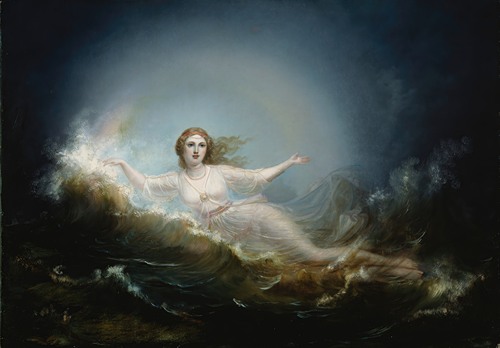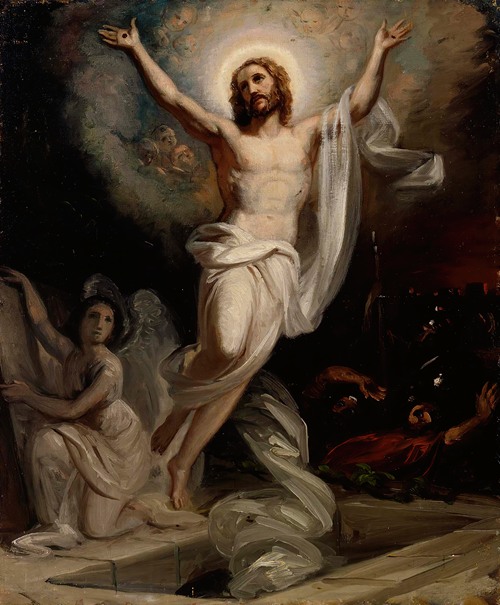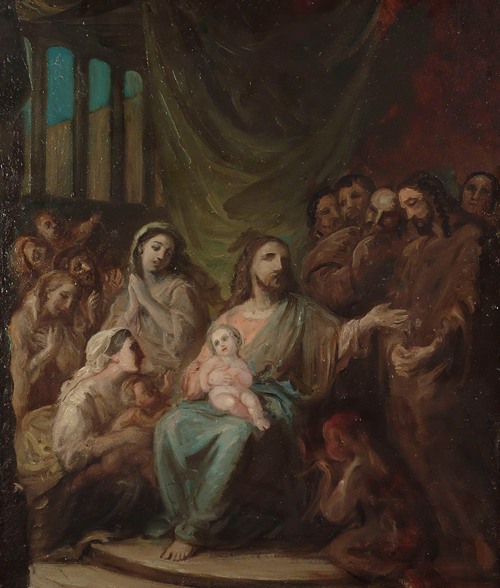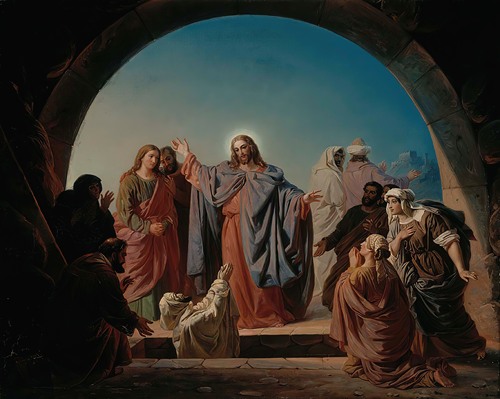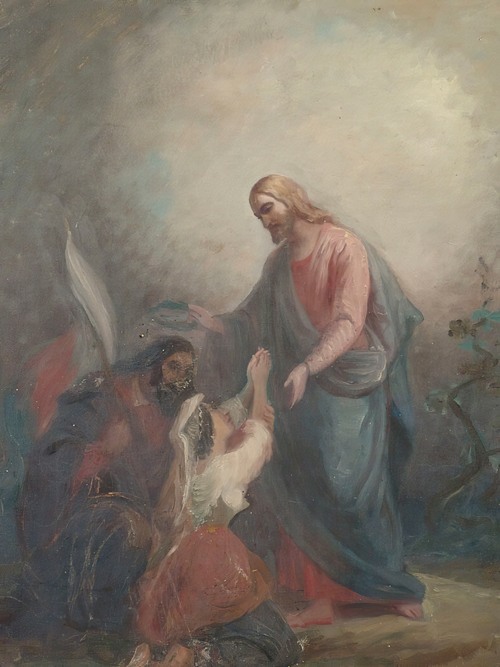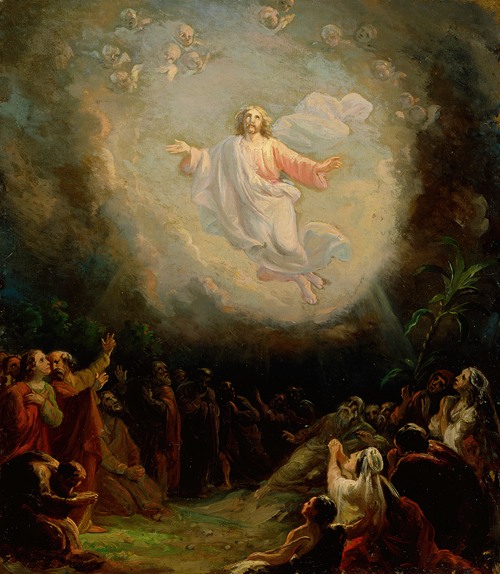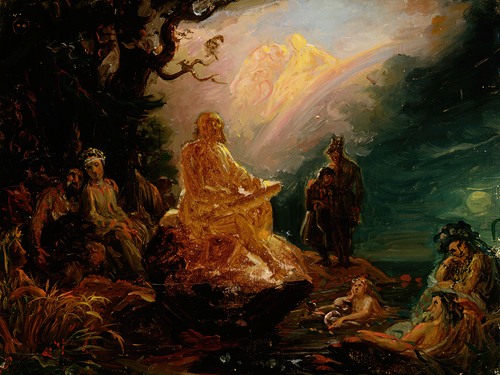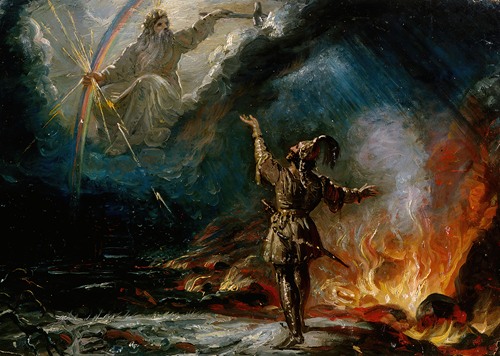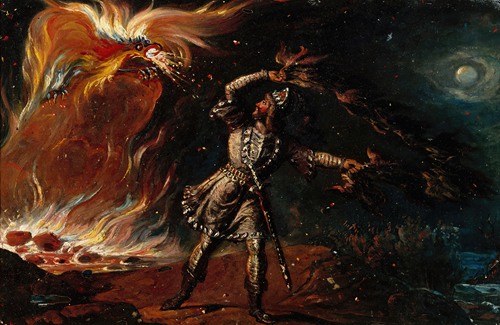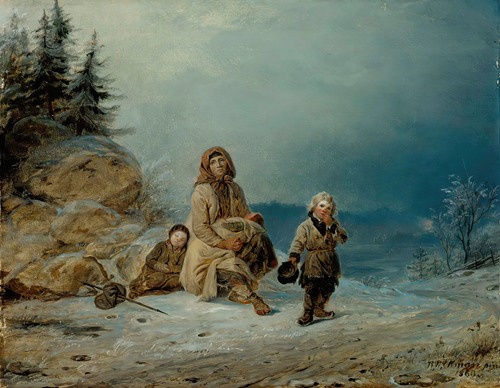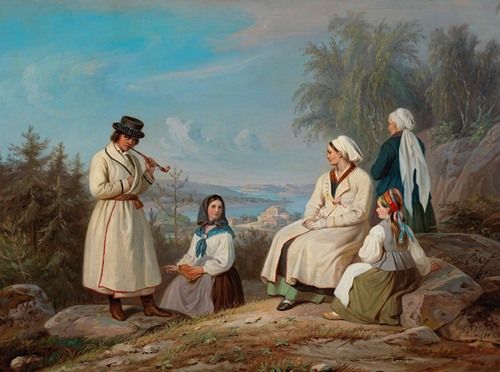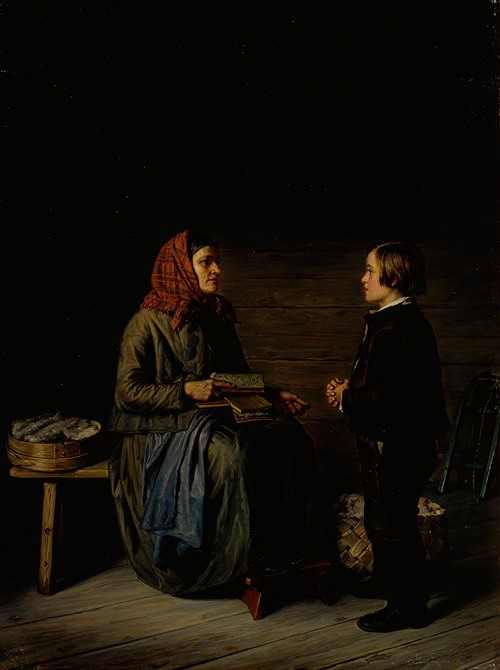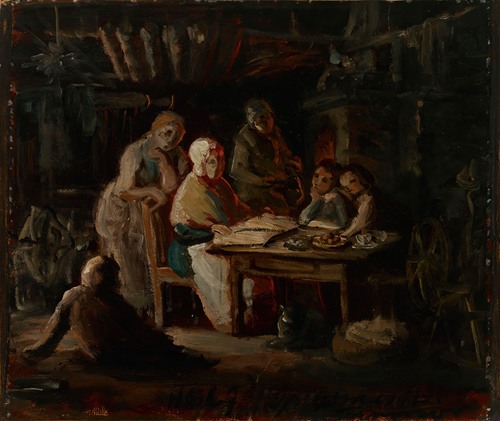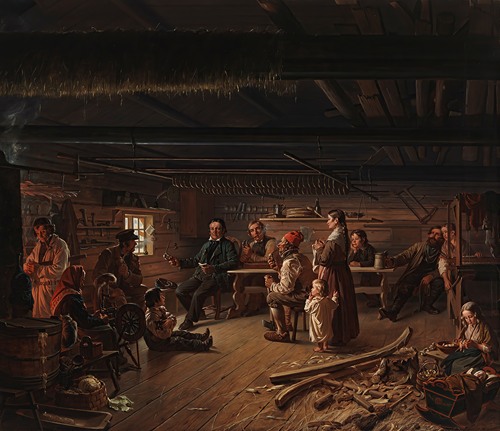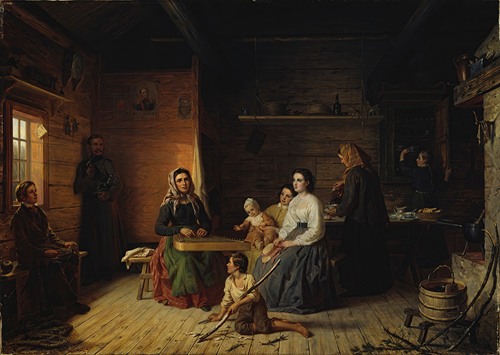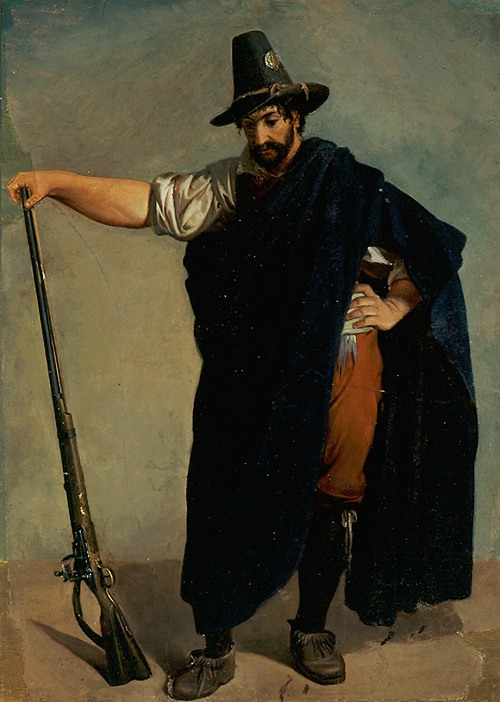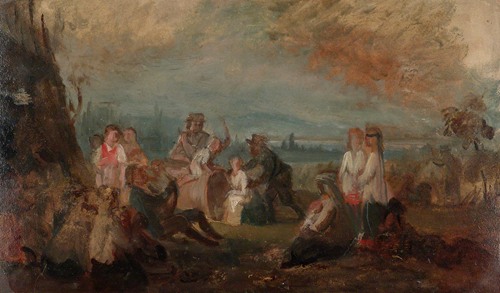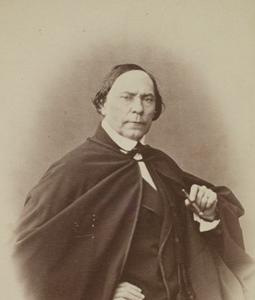

Robert Wilhelm Ekman
Robert Wilhelm Ekman, a.k.a. R. W. Ekman, was a significant teacher and painter of the Finnish romantic portraits and early national romanticism.
Robert Ekman was born in Uusikaupunki, Finland to an upper-class family. His father was Karl Kristoffer Ekman, a medical doctor and a mayor. Mother was Sara Elisabet (maiden name Gadolin).
Robert Ekman first studied art under the guidance of Finnish painter Gustaf Wilhelm Finnberg (1784–1833), but in 1824 together with his brother Fredric, Joachim begun studies at the Royal Swedish Academy of Arts in Stockholm and later studied in the studio of Johan Gustaf Sandberg (1782–1854). Already as a student Ekman specialized in portraying the life of the common people, instead of Classicism of the academic arts. Ekman graduated in 1836, and was granted a generous traveling scholarship for excelling in his studies.
Upon returning to Stockholm, Ekman was dubbed as an agré (member candidate) and was accepted as a member of the academy in 1844. The title included the one of royal court and history painter. In 1845 Ekman returned to Turku, where he began decorating the Turku Cathedral with wall paintings. The laborious fresco were finished in 1854. Additionally, he completed over 30 church altarpieces during his career including works at Helsinki (1846–1848), Sääksmäki (1847), Viitasaari (1849), Sauvon (1853), Oulu (1859), Tammela (1860), Vaasa (1861), Pori (1863), Paimio (1865), Tyrvää (1866) and Perelt (1871).
Having lived in Finland for ten years, Ekman regained Finnish citizenship in 1855. Having moved to Turku, Ekman started working on art education with master painter Carl Gustaf Söderstrand (1800–1862). In 1846 the Turku School of Drawing was founded and led by Ekman until his death. He died at Turku during 1873.
